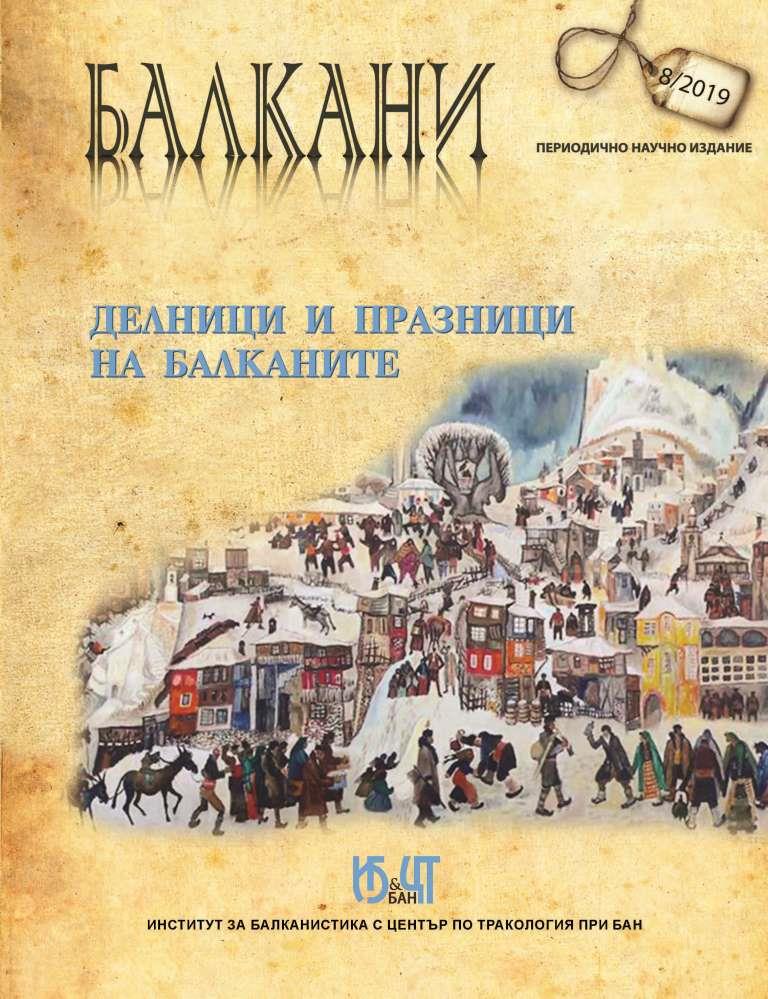МОТИВЪТ „НЕВЕСТА ЦЕЛУВА РЪКА“ В КАРТИНИТЕ НА ВЛАДИМИР ДИМИТРОВ-МАЙСТОРА
‘BRIDE KISSES HAND’ MOTIF IN THE PAINTINGS OF VLADIMIR DIMITROV – THE MASTER
Author(s): Lalka TodorovaSubject(s): History, Anthropology, Social Sciences, Fine Arts / Performing Arts, Cultural history, Customs / Folklore, Visual Arts, Ethnohistory, History of ideas, Cultural Anthropology / Ethnology, Culture and social structure , History of Art
Published by: Институт за балканистика с Център по тракология - Българска академия на науките
Keywords: Art history; Fine art; Bulgarian tradition; Vladimir Dimitrov – The Master; Wedding cycle.
Summary/Abstract: The works of Vladimir Dimitrov – The Master are emblematic and undoubtedly distinguishable due to the artist’s purposeful and long-lasting efforts to create an art that was national in spirit and form. The Master dedicated his art to the recreation of virtues and moral purity of the people into tints and shapes. The artist turned to key moments in the life of Bulgarians and applies to them an iconic scale, aiming to achieve visually the emanation of the Bulgarian spirit. Highly impressive and memorable are his numerous figure compositions with singing women harvesters, maidens with fruit and flowers, wedding guests, mothers with children, male harvesters, etc., which still impress the diverse public and are perceived as a symbol of the Bulgarian mentality. Distinctive for The Master is the search for the most effective impression by developing cycles of a given motif.The Wedding cycle is chosen in view of the high importance of this festive occasion for the patriarchal morality of Bulgaria and the Balkans. The Bride Kisses Hand motif attracted the painter with its symbolism. The artist has created various sketches and paintings focusing on the search for the most characteristic moment, image, gesture and their rendition to an iconic message. In this direction of search and work idealisation is the artist’s deliberate tool to awaken nostalgia for the soul’s purity in the minds of his contemporaries and to leave to the generations a memory about what was and what would be in order to preserve the true identity of Bulgarians, as well as the soul’s demand for purity, respect, hierarchy and harmonious community.The artistic task that the painter has taken upon himself is comparable to the research of historians called to study and preserve Bulgarian generic memory and moral values, without which the future is unthinkable.
Journal: БАЛКАНИ
- Issue Year: 8/2019
- Issue No: 1
- Page Range: 73-81
- Page Count: 9
- Language: Bulgarian

